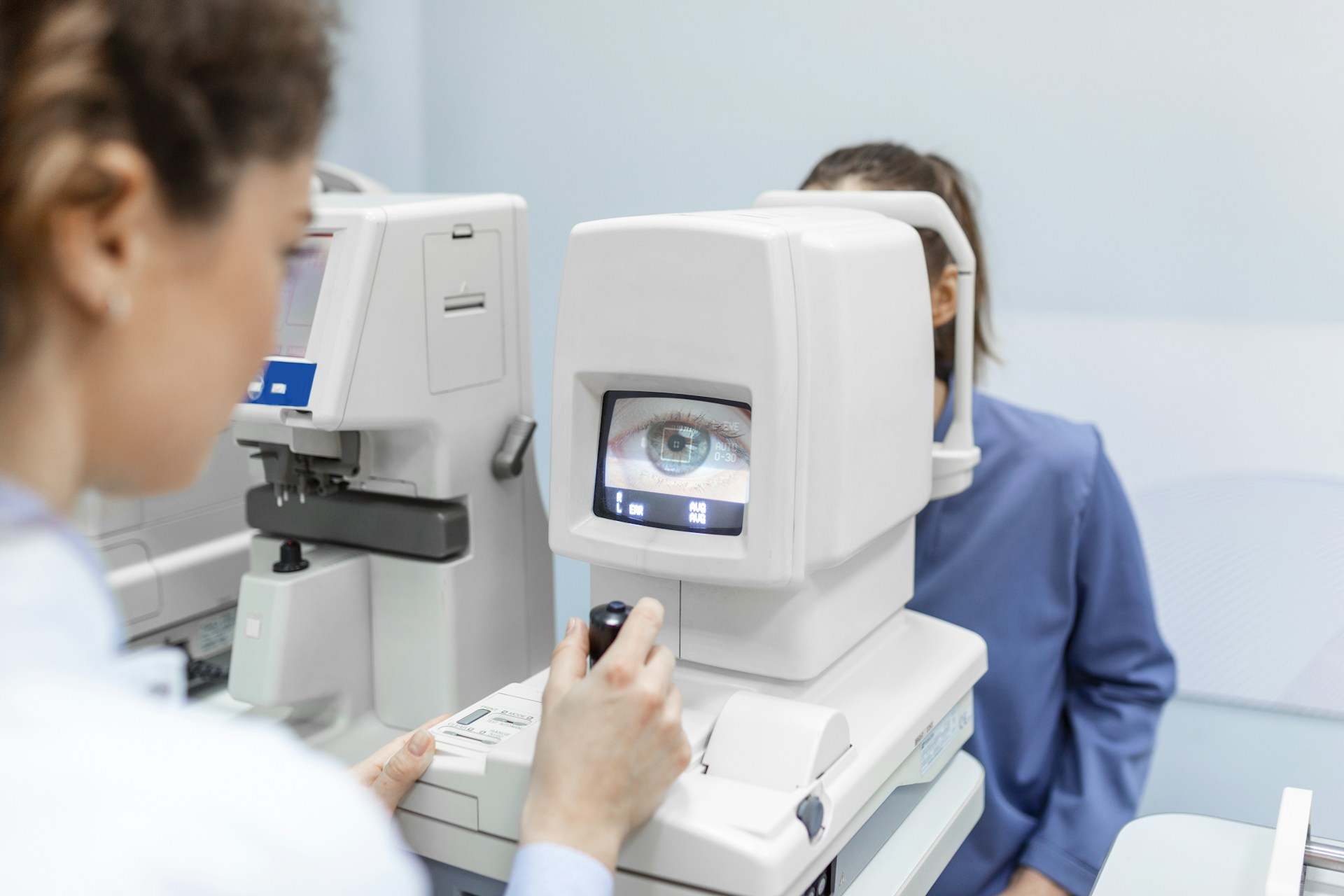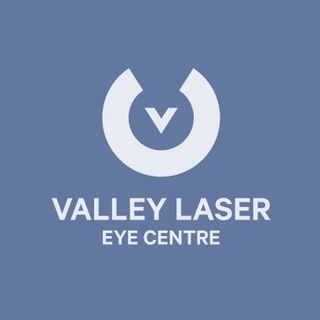In today’s digital era, screens have become an integral part of our daily lives. From laptops and smartphones to televisions and tablets, it’s difficult to imagine life without screen-based technology. However, it’s crucial to understand the potential impact of digital devices on our eye health, particularly regarding blue light exposure.
In this blog post, we will discuss how blue light affects our eyes, explore the potential risks of prolonged exposure, and share protective strategies to safeguard your vision.
Disclaimer: This blog post does not replace medical advice and should not be implemented before consulting a fully certified medical professional.
Blue light is a high-energy, short-wavelength part of the visible light spectrum. It is emitted naturally by the sun and artificially by digital screens, LED lights, and fluorescent lighting. While some exposure to blue light is important for regulating our sleep-wake cycle and boosting mood, excessive exposure, particularly from electronic devices, can have negative effects on our eye health and overall well-being.
Prolonged exposure to blue light has been associated with digital eye strain, also known as computer vision syndrome. Symptoms of digital eye strain include dryness, redness, irritation, blurred vision, and eye fatigue. Studies have also suggested that excessive blue light exposure might contribute to an increased risk of developing age-related macular degeneration, a leading cause of vision loss in later life.
Valley Laser Eye Centre is dedicated to helping patients maintain optimal eye health and well-being. Our team of highly trained professionals understands the importance of protecting your eyes from the potentially harmful effects of blue light.
We can guide best practices for minimizing your blue light exposure and assist you in selecting appropriate protective eyewear if necessary.
In the following sections, we will delve into the various strategies you can adopt to reduce your blue light exposure and protect your vision. With the right approach and expert advice, you can enjoy the benefits of technology while safeguarding your eye health.
Understanding Blue Light and Its Sources
Before exploring ways to protect your eyes from blue light, it’s important to understand what blue light is and where it comes from. As previously mentioned, blue light is a high-energy, short-wavelength portion of the visible light spectrum. Natural sources of blue light include sunlight, which is made up of a variety of colours, including blue.
Artificial sources of blue light, which are typically the primary concern for eye health, include:
– Digital screens, such as smartphones, tablets, laptops, and computer monitors
– LED lighting, commonly used in energy-efficient bulbs and electronic devices
– Fluorescent lighting, including energy-saving compact fluorescent bulbs (CFLs)
– Televisions, particularly LED and OLED screens
Because our daily exposure to artificial blue light has significantly increased with screen-based technology’s pervasiveness, it’s essential to recognize the potential risks and adopt strategies to reduce cumulative exposure.
The Effects of Blue Light Exposure on Eye Health
The potential implications of blue light exposure on eye health are varied. Some of the most commonly reported effects include:
- Digital Eye Strain: Also known as computer vision syndrome, digital eye strain is characterized by symptoms such as eye fatigue, dryness, redness, and blurred vision. It typically results from staring at screens for extended periods without sufficient breaks.
- Disruption of Sleep-Wake Cycle: Blue light exposure during nighttime hours can interfere with the body’s natural production of melatonin, a hormone that helps regulate our circadian rhythm and promotes restful sleep. Disrupted sleep-wake cycles can have negative consequences for overall health and well-being.
- Potential Increased Risk of Age-Related Macular Degeneration: Although research is still ongoing, there is evidence suggesting that excessive exposure to blue light may contribute to retinal cell damage, increasing the risk of developing age-related macular degeneration later in life.
Adopting Strategies to Reduce Blue Light Exposure
Fortunately, there are several steps you can take to minimize the potential risks of blue light exposure and protect your vision. Some of these protective strategies include:
- Follow the 20-20-20 Rule: To reduce eye strain and give your eyes a break from blue light, adhere to the 20-20-20 rule. Every 20 minutes, take a 20-second break and focus on an object at least 20 feet away. This short break allows your eye muscles to relax, reducing the risk of digital eye strain.
- Adjust Screen Settings: Lower the brightness and blue light emissions of your devices by adjusting your screen settings. Many smartphones, laptops, and tablets have built-in blue light filters or “night mode” settings, which can be especially helpful during nighttime usage.
- Use Protective Eyewear: Blue light-blocking glasses or lens coatings can help filter out blue light and alleviate eye strain. Consult with an eye care professional, such as those at Valley Laser Eye Centre, to determine if blue light-blocking glasses would be appropriate for you.
- Create an Ergonomic Workstation: Ensure that the positioning of your computer or laptop monitor reduces the strain on your eyes. Position your screen an arm’s length away and slightly below eye level. This will encourage a more comfortable viewing angle and minimize the need to strain your eyes.
- Prioritize Natural Lighting: Make the most of natural daylight whenever possible, and avoid staring at screens in dimly lit environments, which can increase blue light exposure and eye strain. When indoors, opt for lighting that emits a warm, yellow hue to cut down on blue light exposure.
Choosing the Right Protective Eyewear
Not all blue light-blocking glasses are created equal, so it’s crucial to choose the right pair that offers optimal protection without compromising your vision. When selecting protective eyewear, consider the following:
- Coverage: Look for lenses that provide comprehensive coverage, blocking blue light from all angles.
- Coatings: High-quality coatings should effectively filter blue light without distorting colour perception or causing visual discomfort.
- Comfort: Choose frames that are lightweight, comfortable, and fit your face well, to ensure you’re more likely to wear them consistently.
- Consultation: Seek recommendations from your eye care professional before purchasing blue light-blocking glasses. They can help find a suitable pair based on your needs and lifestyle.
Conclusion
With our increasingly screen-dependent lifestyles, it’s more important than ever to be conscious of blue light exposure and its potential impact on our eye health. By following the strategies outlined in this article and consulting with experienced professionals like the team at Valley Laser Eye Centre, you can protect your vision and maintain optimal eye health in the digital age. Adopt protective measures today and enjoy the benefits of technology without compromising your eye health.
Book your appointment with Valley Laser Eye Centre today and experience exceptional vision care from highly trained ophthalmologists in Abbotsford, BC. Our state-of-the-art technology, comfortable setting, and amazing staff ensure a seamless clinic experience. Trust us to provide the best possible care for your vision needs.





